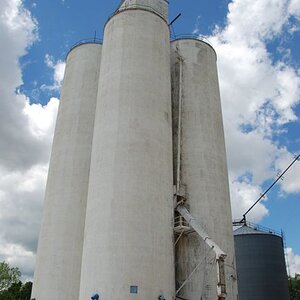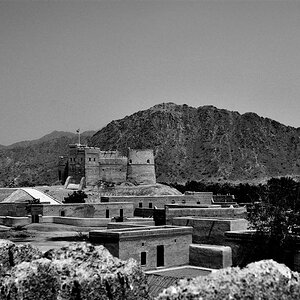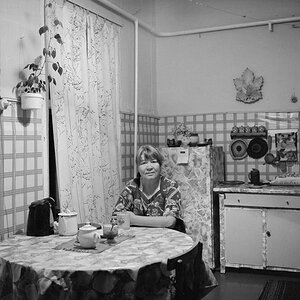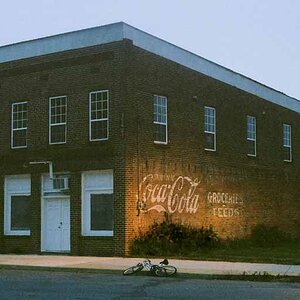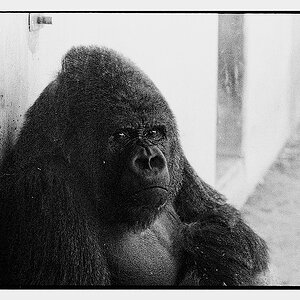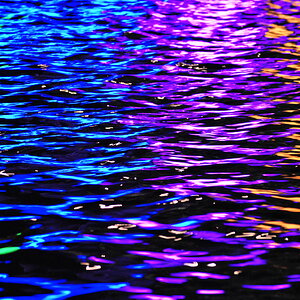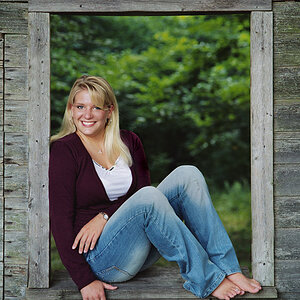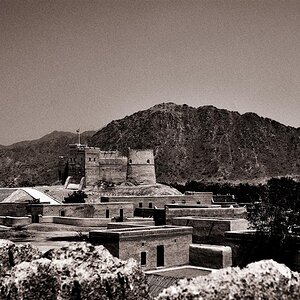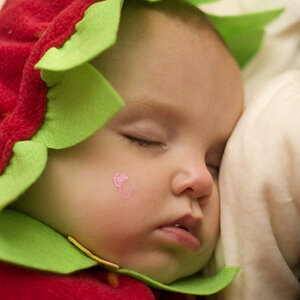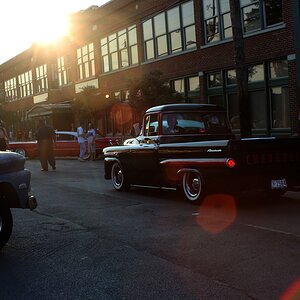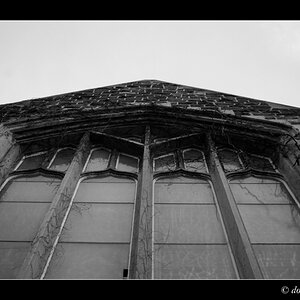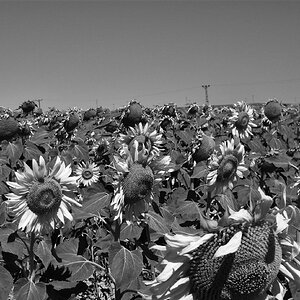dannylightning
Been spending a lot of time on here!
- Joined
- Mar 23, 2014
- Messages
- 2,322
- Reaction score
- 770
- Location
- Akron Ohio
- Can others edit my Photos
- Photos OK to edit
that is one thing i have not played around with much but that is the next thing on my camera i want to explore
on my D5300 i have it set to matrix metering which seems to be fine but i would like to hear what you use and why you like that metering setting.
on my D5300 i have it set to matrix metering which seems to be fine but i would like to hear what you use and why you like that metering setting.


